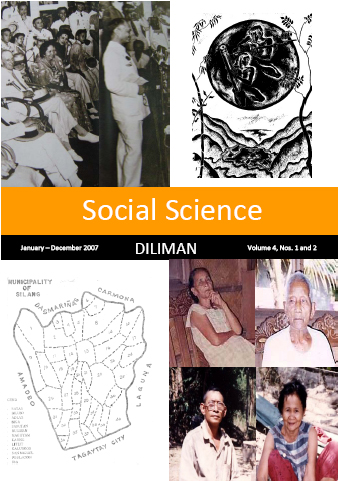RECONSTRUCTING PEASANT LIVES IN CENTRAL LUZON: THE VIEW FROM BELOW
Abstract
This paper reconstructs the lives of four peasant villagers in the plains of Central Luzon, Philippines within the context of known national historical events and socioeconomic and political changes at the local level. These events were the agrarian unrest of the 1930s, World War II and the Japanese occupation, the Huk insurgency of the late 1940s and early 1950s. and the Communist Party of the Philippines-New People’s Army (CPP-NPA) rebellion of the 1970s. At the local level, the villagers confronted a giant American military facility, commercializing sugar interests, a government rural development project, the Mount Pinatubo eruptions in 1991-1992, and at present, a special economic zone authority.These peasant life histories comprise a social history of village societies straddling the cusp of modernization and the corresponding pattern of material change on one hand and continuities in peasant structures and norms on the other. The narratives depict the villagers’ hopes, aspirations, world view, and engagements with external forces that impinged on their daily lives. How peasants dealt with these forces and events is a compelling narrative that point to the resilience of peasant society and its family farms and the accompanying peasant mode and culture in the face of external attempts to transform and “modernize” them.
Utilizing a “history from below” perspective, the paper reveals the world of the peasantry as seen from the ground, simple in its family-based and smallholder mode of production yet rich and complex in its social life and diverse interactions with the outside world.
Published
2009-01-27
Issue
Section
Articles
Keywords
Peasantry, ‘History from below’, agrarian unrest, rural development


